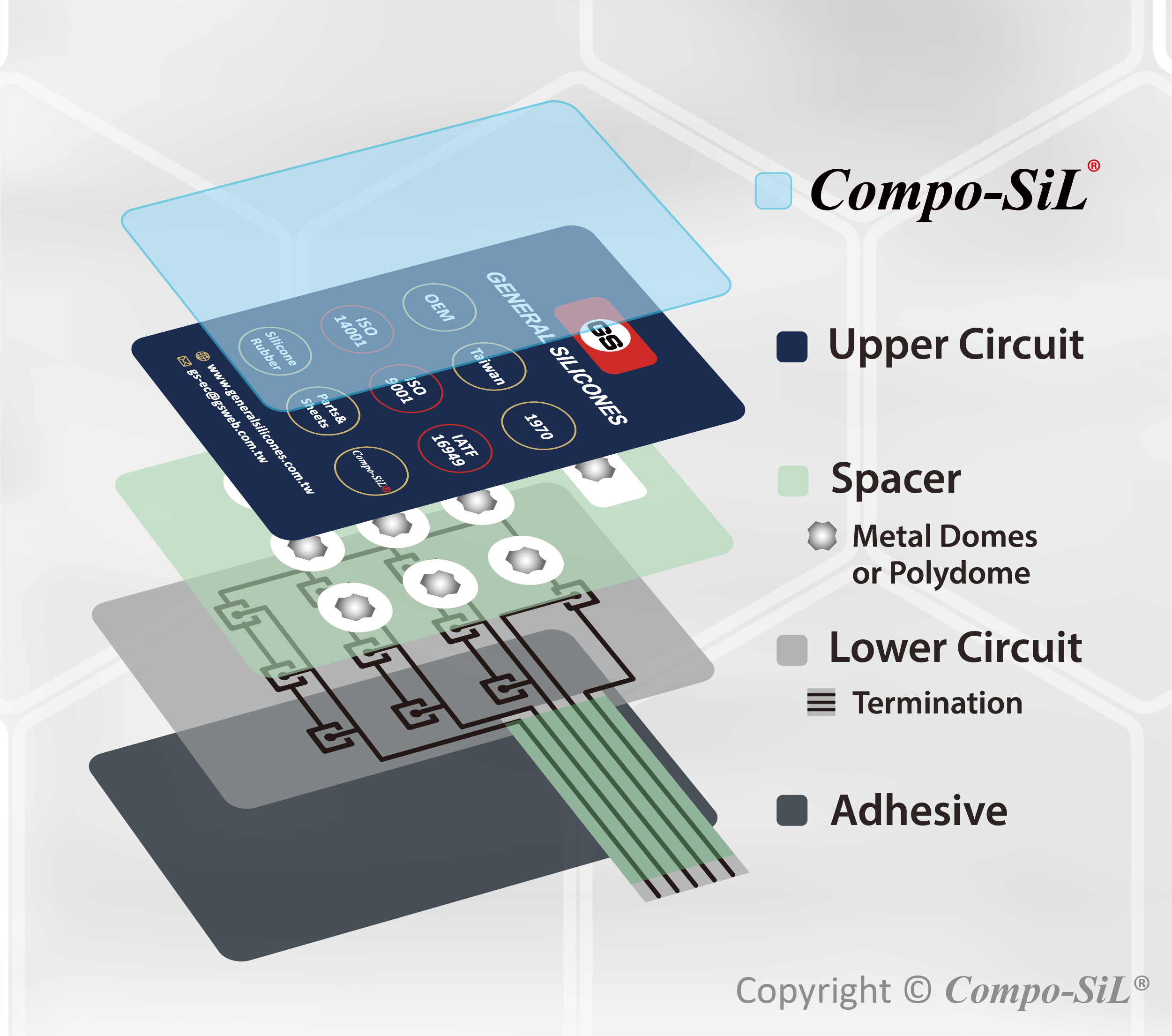Comprehending the Importance of Membrane Switches in User User Interfaces
Membrane buttons are important elements in the design of efficient user interfaces, facilitating not just functionality yet likewise enhancing visual appeal and customer interaction. Their one-of-a-kind functions, such as resistance to adjustable layouts and environmental variables, make them appropriate for a varied range of applications across numerous industries. As we check out the future patterns and numerous advantages connected with Membrane innovation, it comes to be clear that these switches are greater than just elements; they stand for a convergence of advancement and usefulness. The ramifications of this modern technology on user experience are worth checking out even more.
What Are Membrane Switches?

The spacer layer, which consists of sticky residential properties, permits the splitting up of the circuit layer from the overlay, guaranteeing that the switch remains in a non-activated state till pushed. When stress is applied to the overlay, it compresses the spacer layer, linking the void and completing the circuit in the underlying layer. This design not only lowers the physical room required for conventional mechanical buttons yet likewise enhances the resilience of the tool, as Membrane switches are generally immune to dust, moisture, and various other environmental elements.
Commonly located in applications ranging from customer electronic devices to medical tools, Membrane buttons are important to contemporary innovation, supplying a effective and user-friendly user interface that lines up with modern style requirements.
Benefits of Membrane Buttons
While numerous button technologies exist, Membrane Switches offer distinctive advantages that make them specifically desirable in numerous applications. One of the main benefits of Membrane buttons is their compact style, which enables space-saving applications in devices where property is restricted. Their thin account not just improves visual appeal however additionally helps with light-weight construction.
An additional considerable benefit is their resistance to environmental aspects. Membrane switches are usually secured against wetness, dirt, and contaminants, making them suitable for use sought after atmospheres, such as clinical devices and commercial equipment. This sturdiness expands the lifespan of the switch, minimizing upkeep prices and enhancing dependability.
In addition, Membrane switches can be personalized to satisfy details design requirements, integrating special graphics and shades that boost individual communication. Their tactile responses choices can also be tailored to supply an enjoyable customer experience. Additionally, Membrane switches are cost-effective, particularly in high-volume applications, as they can be produced efficiently.
Applications in Numerous Industries

In the customer electronics field, Membrane switches prevail in tools such as microwaves, washing machines, and remotes. Their responsive feedback and visual choices enhance customer experience while supplying a sleek, modern-day appearance. Additionally, auto makers utilize Membrane switches in control panel controls and infotainment systems, where room is limited, and customer interaction is crucial.
In addition, the industrial sector leverages Membrane buttons in control panels for machinery and tools, permitting instinctive operation in often extreme environments. Their resistance to chemicals and wetness ensures durability and reliability in these applications. Generally, the adaptability of Membrane Switches contributes substantially to their widespread use, making them indispensable in different technical domains.
Style Factors To Consider for Membrane Switches

When making Membrane switches, several crucial factors to consider must be taken into consideration to make sure optimum capability and user experience. First of all, the option of products is essential; selecting resilient, premium substratums can boost the button's long life and resistance to environmental factors such as moisture and temperature changes.
Second of all, the layout of the visuals overlay need to focus on clearness and simplicity of use. Icons and text must be legible, and the format needs to promote instinctive communication (membrane switches). Furthermore, tactile feedback is important; incorporating a responsive dome or various other systems can enhance the user experience by giving physical verification of activation
One more essential factor is the button's electric performance. Designers have to make sure that the conductive traces are appropriately read developed to minimize resistance and stay clear of signal disturbance. This involves analyzing the called for actuation force and ensuring compatibility with the digital elements they will certainly user interface with.

Future Trends in Membrane Technology
As modern technology continues to advance, Membrane switches are positioned to evolve substantially, driven by developments in products and manufacturing strategies. One emerging pattern is the unification of sophisticated products, such as flexible substrates and conductive inks, which boost resilience and lower the overall weight of Membrane buttons. These materials not only boost the tactile reaction yet also enable for the layout of switches that can endure harsher ecological problems.
Additionally, the combination of touch-sensitive modern technologies is transforming standard Membrane Switches right into more interactive interface. Capacitive touch sensing units installed within Membrane switch panels can offer a much more receptive and instinctive individual experience, straightening with the expanding need for sleek, modern styles in consumer electronic devices.
In addition, innovations click to find out more in printing techniques, such as digital and 3D printing, enable rapid prototyping and personalization of Membrane switches. This versatility enables suppliers to react faster to market demands and customer choices.
Last but not least, sustainability is becoming a significant focus, with manufacturers exploring environmentally friendly materials and processes. As these trends unfold, the future of Membrane modern technology assures boosted capability, visual charm, and environmental responsibility, solidifying their role in innovative interface throughout different markets.
Conclusion
In conclusion, Membrane Switches represent an important component in the design of interface, incorporating check over here performance with aesthetic flexibility. Their benefits, consisting of sturdiness and resistance to environmental factors, make them ideal for varied applications across numerous markets. Additionally, thoughtful design factors to consider improve user communication and experience. As innovations in innovation continue, the advancement of Membrane buttons is anticipated to further improve user interfaces, driving technology and enhancing usability in a significantly complicated technical landscape.
Membrane switches are important parts in the design of efficient customer interfaces, helping with not just functionality however additionally enhancing aesthetic charm and customer interaction.Membrane Switches offer as a vital element in different customer interfaces, facilitating a seamless communication in between users and electronic gadgets.While countless button technologies exist, Membrane Switches offer distinctive benefits that make them particularly desirable in various applications.Additionally, Membrane buttons can be tailored to meet particular style demands, integrating one-of-a-kind graphics and shades that enhance individual communication.In conclusion, Membrane Switches stand for a vital element in the layout of user interfaces, combining functionality with aesthetic adaptability.